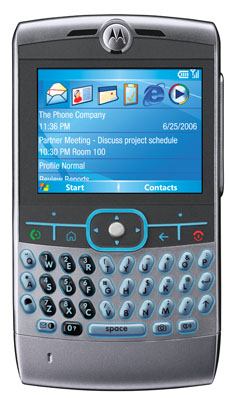Her body rests naked and supine on the metal table, eyes half-open, lips slightly parted. The hair on the right side is matted with blood and vomit, the flesh mottled and red from where the blood has pooled. It is obvious that she was lying on her right side because of the pattern of the lividity as well as the impressions on her flesh, like the wrinkles from a pillow embedded into our cheek in the minutes after we wake up. But these impressions will not fade on her; there is no circulation to restore her flesh to its original state.
I take my pictures of her, standing on a stepladder and leaning over her, moving the stepladder down so that I end up with a series of overlapping images. I then take closeup pictures of her face–right, front, left. The hands next, back, palm, fingernails. And then any marks or scars or tattoos. Every defect, every identifying feature, every trauma is documented and photographed. We roll her to her side and I photograph her back, placing a towel over her face to catch any fluid that might spew from her mouth and nose when she is turned. Then she is returned to her back.
Her eyes seem misted over, but that is merely because they are drying out. I take the needle and slide it into the side of her eye to draw vitreous fluid, and if I look down at the eyes I can see the tip of the needle through the pupil.
The pathologist helps me get the block underneath her. He lifts the body at the shoulders and I slide the thick piece of wood below her shoulder blades, leaving her arched over it, head hanging back but not quite touching the table.
He starts the Y-incision, filetting the flesh back with practiced ease. I pick up the long-handled loppers, the kind that you would use to trim branches from your trees, and I begin to cut through the ribs. I start at the side and angle up toward the top of the sternum, crunching through each rib as I work my way up. Once I’m through the ribs he cuts the ribcage section away and sets it aside.
He begins to remove and examine the organs, and I take another block of wood and prop her head upon it. She has long hair, and I part it as carefully as I can, from ear to ear over the top of her head, then take a rubber band and secure the top section, draping the ponytail over her face. I make the cut then, along the part I just made, but even being careful I still cut sections of her hair, and long strands of brunette drop down to the metal table. I cut from ear to ear, down to the skull, then I begin to peel the scalp back, pulling and tugging, slicing the tissue that holds the scalp to the skull, and eventually folding the top of her scalp all the way down and over her face. Then the bottom section, peeling it back the same way, and folding it down, exposing the entire top of her skull.
The bone saw is next. I put a filter mask and a plastic face shield on for this. The saw whines as I cut through the skull, taking off the top of the skull like a cap, and I am glad for the mask and shield because the saw kicks up a lot of bone dust and blood spatter. After I cut all the way around, I take the t-shaped tool, called a skull-breaker, and wedge it into the cut made by the saw. A few hard twists and the skull comes loose with a loud crack, and I then pull the top of the skull off, peeling it off of the top of the brain. I set the skull cap aside, then begin to cut the brain out, slicing away the nerves and connecting tissue, and sticking my scalpel down by the brain stem and cutting the brain away from the body. It tips out into my hand, a few pounds of flesh that control everything, slimy and gooey, and I put it into the scale for the pathologist to examine.
He finishes his work, and now it is time to clean her up. The organs that have been removed go into a plastic bag that rests between her legs. I replace the section of ribcage and then take a long piece of thick white string and begin to sew the y-incision back up, long inexact stitches that merely serve to keep everything together until the funeral home can do their work. The needle becomes hard to handle about halfway through, becoming greasy from having to slide through the layers of subcutaneous fat, and I have to be careful that I do not poke myself with it.
Then the skull. I replace the skull cap and pull the scalp back down and over the top of the head. The scalp is harder to sew, the flesh is thick and rubbery, and the hair makes it hard to see where the point of the needle is.
She goes back in the bodybag then, and back to the cooler. She is skinnier now, with her organs removed, and her chest looks odd because the section of ribs never sits quite right with nothing to support it. But the funeral home will take care of that. They will remove all of our crude stitches and fill her with formalin, enough so that she will last through the funeral. They will clean the vomit and blood away, comb her hair over the incision in her scalp, dress her and apply the cosmetics.
It used to bother me, seeing the needle slide into the eyes, or watching the scalpel part the flesh, but I’m inured to it now. Perhaps because I know that there’s no pain, no fresh bleeding, no flinch or reaction. I can hold the brain or the heart, pull back the skin for a closer look, because it’s not the Person anymore, just the flesh container that once held them. I’m not so sure I’d be so inured if the flesh still held life, if I knew that the gash in the flesh was causing pain.
I clean up afterwards, hosing the table off, and washing the blood and gobbets of flesh away. Everything is wiped down and cleaned, though the room is far from a sterile enviroment, and never will be. I pull my plastic smock off and the paper apron over it, wadding both up and dumping them into the trashcan with the red liner. The gloves and shoe covers come off too, then I go and change my clothes, back to normal office-wear. Back to normal life.







